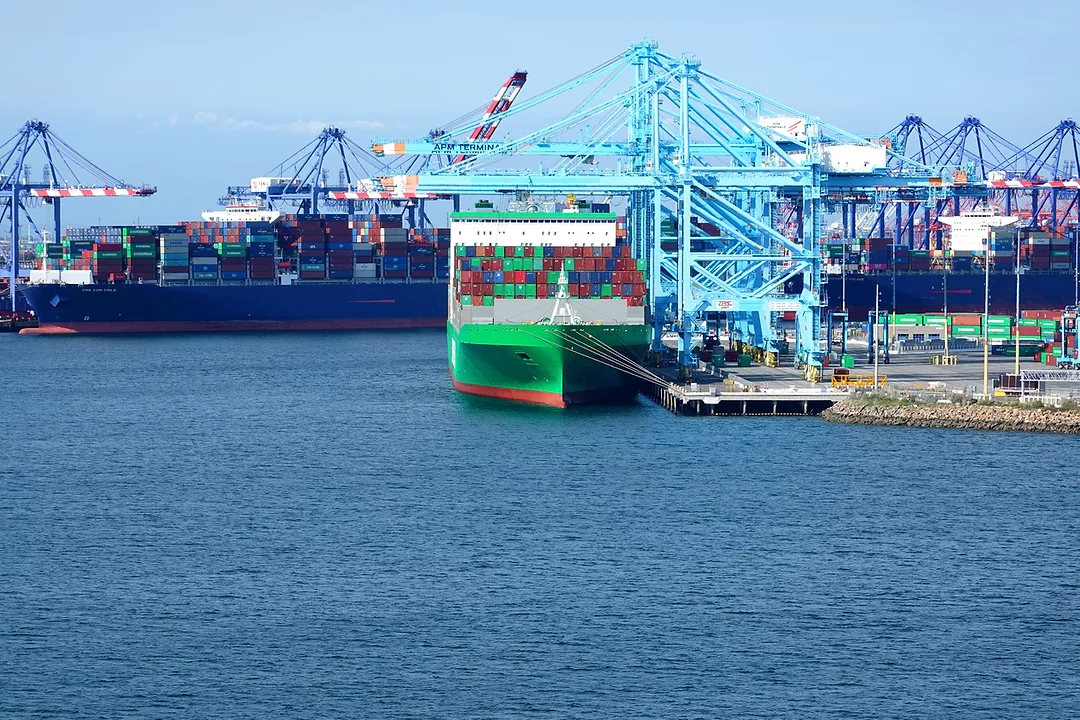The Port of Los Angeles: Breaking Cargo Volume Records
The Port of Los Angeles recently surpassed all expectations by logging an unprecedented quarter for cargo throughput. This surge not only underscores the port’s pivotal role in global trade but also signals a dynamic shift in freight and shipping patterns along the West Coast.
Why This Record Quarter Matters
Ports are the lifeblood of international logistics, acting as the bustling crossroads where goods enter and exit markets globally. When a port like Los Angeles, one of the busiest in the United States, posts record cargo volumes, it conveys more than just numbers—it reflects economic activity, supply chain robustness, and changing trade flows.
Key Factors Behind the Surge
- Increased Consumer Demand: A rise in import shipments driven by heightened consumer spending and product diversification.
- Supply Chain Adaptations: Businesses adjusting routes and carriers, seeking reliable hubs, with Los Angeles benefiting from its extensive infrastructure.
- Melhorias Operacionais: Implementation of better cargo handling technologies and improved berth availability help process shipments faster.
Breaking Down the Cargo Volumes
The recent quarter saw the port handling a wide variety of cargo types, from small parcels and pallets to bulky and containerized freight. Let’s dive into how different freight categories contributed to this record performance.
| Tipo de carga | Contribution to Volume | Impacto na logística |
|---|---|---|
| Frete Contentorizado | Dominated overall throughput, reflecting large-scale import-export activity. | Efficient container handling facilities enable faster unloading, reducing turnaround times. |
| Bulk and Breakbulk Cargo | Steady increase especially in bulk raw materials and manufacturing parts. | Requires specialized equipment and storage, with implications for warehouse and distribution centers nearby. |
| Vehicle and Heavy Equipment Shipments | Marked growth due to automotive imports and infrastructure investments. | Needs careful planning for transport and storage, affecting local haulage fleets and logistics providers. |
Local and Regional Economic Effects
The ripple effect of this record cargo volume is felt beyond the waterfront. Warehousing, trucking, rail freight, and last-mile delivery operations all concurrently ramp up activity. With supply chains working overtime, this also means more job opportunities, increased demand for mover services, and pressure on infrastructure.
The Port and Its Strategic Position in West Coast Logistics
The port’s strategic location at San Pedro Bay, near Los Angeles and Long Beach, makes it a crucial gateway for goods arriving from Asia and beyond. It’s connected extensively by highways, railroads, and air hubs, making it a cornerstone of West Coast logistics and global distribution.
Integration With Land Transport
Efficient integration of maritime freight with trucking and rail networks ensures swift movement inland, supporting everything from household relocations to massive industrial shipments. For example, regional highways carry a significant share of freight truck traffic connecting the port to warehouses and manufacturing plants.
Handling Challenges and Planning Ahead
Such high cargo volumes, while impressive, bring their own set of challenges: congestion, environmental concerns, and the need for constant infrastructure upgrades to keep pace with demand. Port authorities and logistics companies alike continue to collaborate on solutions that maintain throughput without sacrificing speed or safety.
How This Impacts the Logistics Industry
Rising cargo volumes push logistics players to be nimble and resourceful. The need for prompt cargo delivery, forward planning in shipping schedules, and efficient last-mile transport becomes critical. At the same time, logistics providers have to manage increased costs and complexity, all while maintaining service quality.
Why Personal Experience Trumps Everything—And How to Navigate Effectively
While reports and reviews paint a general picture, nothing beats personal experience in assessing a logistics hub’s reliability and efficiency. Fortunately, platforms like GetTransport.com offer users the ability to book cargo transportation with ease and at competitive prices worldwide.
Whether it’s an office move, cargo delivery, or transporting bulky items like furniture or vehicles, having access to a broad selection of carriers worldwide means users can tailor transport solutions to their precise needs. This transparency and convenience empower businesses and individuals to avoid unnecessary expenses and disappointments.
Book your cargo transportation at the best global prices and experience the blend of convenience, choice, and reliability offered by GetTransport.com. Reservar agora em GetTransport.com
Em resumo
The Port of Los Angeles’ recent record-breaking cargo quarter signals both opportunity and challenges for global and regional logistics. Handling an incredible variety of shipments—ranging from containers to bulky goods—this growth underscores the vital role of maritime ports in the global supply chain.
For logistics and shipping markets, these developments often mean the need for enhanced encaminhamento, frete management, and distribuição strategies to handle shifting volumes effectively. Reliable haulage, courier services, and freight forwarding become even more crucial to keep goods moving smoothly from the port to final destinations.
As cargo, pallets, containers, vehicles, and numerous bulky items continue to flow through major hubs like Los Angeles, platforms such as GetTransport.com stand ready to support efficient, cost-effective solutions tailored to diverse shipping and relocation needs.

 Unveiling the Record Quarter of Cargo Volume Growth at the Port of Los Angeles and Its Implications">
Unveiling the Record Quarter of Cargo Volume Growth at the Port of Los Angeles and Its Implications">